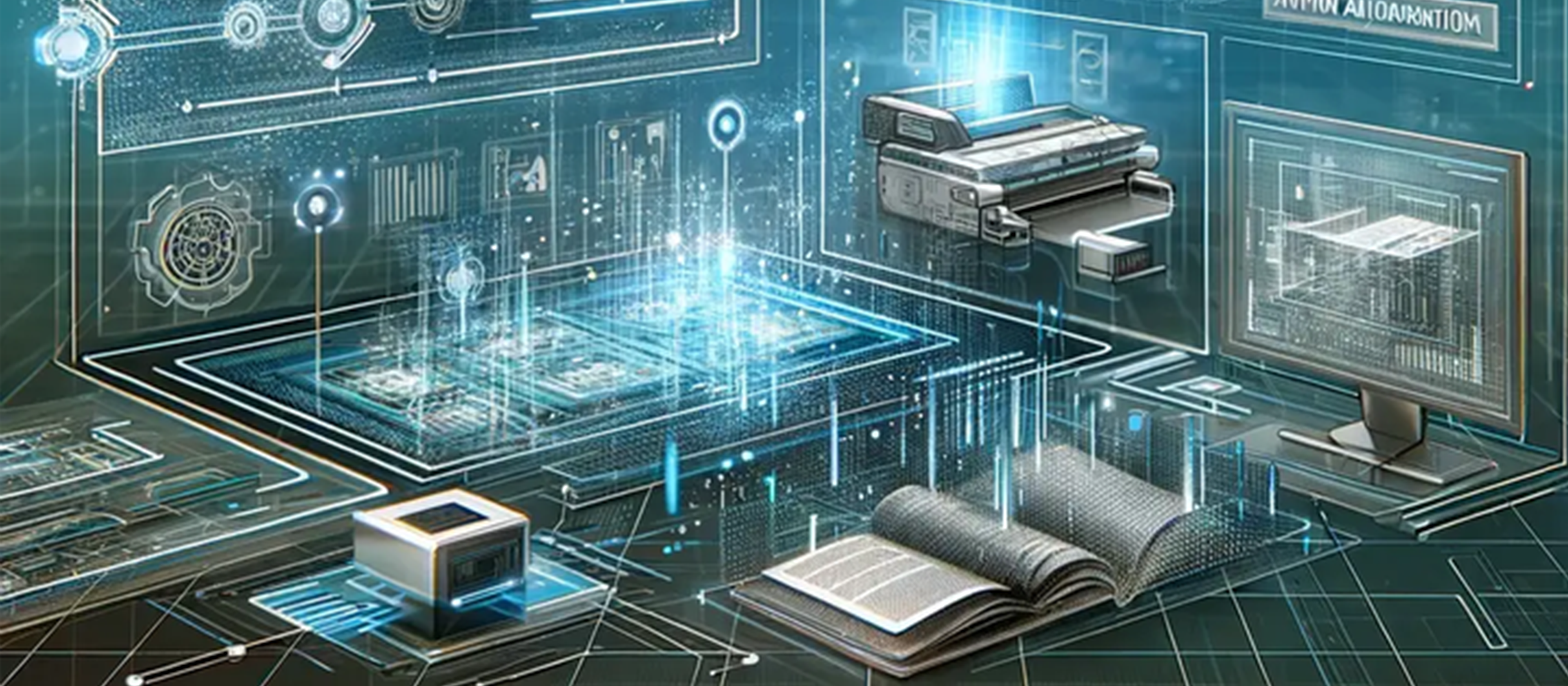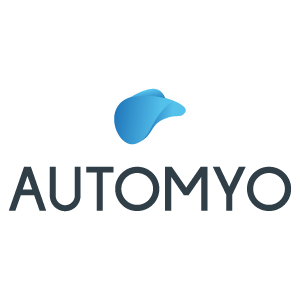Artificial Intelligence and Automation: A Synergy that Transforms the World of Work

In today’s dynamic technological landscape, two major technologies are redefining the concept of work efficiency: Artificial Intelligence and Automation. These technologies are now tangible realities and are redefining our interaction with the professional world.
AI, with its countless applications including machine learning and OCR (Optical Character Recognition), is revolutionizing the way we manage and process information.
OCR, in particular, is a technology that enables the conversion of different types of printed or handwritten documents into digital text data, facilitating the digitization of paper archives and making information easily accessible and editable. This tool has evolved considerably, coming to recognize texts in multiple languages and formats with amazing accuracy. Its application ranges from the digitization of historical archives to efficient document management in the office, revolutionizing the way we interact with paper-based information.
In parallel, automation, especially through no-code platforms, is reshaping the landscape of business processes. These platforms enable even users without technical programming skills to create and manage automated workflows. This technology has found application in a wide range of industries, from manufacturing to customer management, improving productivity and reducing the risk of errors. Automation not only simplifies existing processes but also paves the way for new ways of working, where human creativity can be employed in more complex and rewarding tasks.
OCR Synergy and Automation: A Powerful Combination
When OCR and no code platforms combine, the benefits multiply. OCR powers automation with accurate and easily accessible data, while automation, through no code, amplifies the effectiveness of OCR by managing and organizing the extracted data efficiently.
This collaboration brings a series of advantages:
- Significant increase in productivity,
- Reduced processing time
- Elimination of human errors in data entry and document management tasks.
But in order to better understand the synergy between these two technologies, let’s look at the application areas where they could bring these benefits.
Practical Examples: Innovative Scenarios between OCR and Automation
Expense Notes and Curriculum Screening
In human resources, the combination of OCR and automation brings significant benefits. Take, for example, the management of expense reports. Traditionally, this process requires manual review of receipts and documents. With OCR, receipts are digitized and the text extracted automatically. Automation comes into play by analyzing this data, categorizing it and integrating it into accounting systems, dramatically reducing management time and the margin of error.
In the context of CV screening, OCR transforms paper documents into digital formats, while no-code automation platforms, analyze them to extract relevant information such as work experience, skills and education. This makes the selection process faster and more accurate, allowing recruiters to focus on more suitable candidates.
Document Management: Efficiency and Accessibility
Document management, especially in areas such as finance and business, benefits enormously from the synergy between OCR and no code platforms. Business documents, often complex and numerous, are effectively digitized using OCR. Then, through automation, these documents are manipulated according to the needs of the individual. They can be archived, cataloged and categorized, and they can also be reprocessed and emailed for reporting. With automation, everything is customizable and can be lowered and verticalized to the needs of the individual.
Processing of Identity Documents:
In the field of identity document processing, OCR and automation prove particularly effective. These technologies enable the rapid capture and analysis of data from passports, ID cards or driver’s licenses. A practical application is found in the banking sector, where verification of customer identity is essential for security and regulatory compliance. Using OCR, documents are scanned accurately, while no-code platforms process them to confirm the authenticity and accuracy of the data.
Conclusions
In conclusion, the integration of OCR and no-code automation platforms is opening new frontiers in the efficiency and effectiveness of business processes, with significant impacts in various areas. This synergy not only simplifies daily operations but implies a broader change in the way we work and interact with technology. Companies that adopt these technologies not only optimize their internal processes, but also position themselves as innovative leaders in their industry.
As OCR and no- code platforms continue to evolve, we can expect further revolutionary developments that will continue to shape the future of work.

